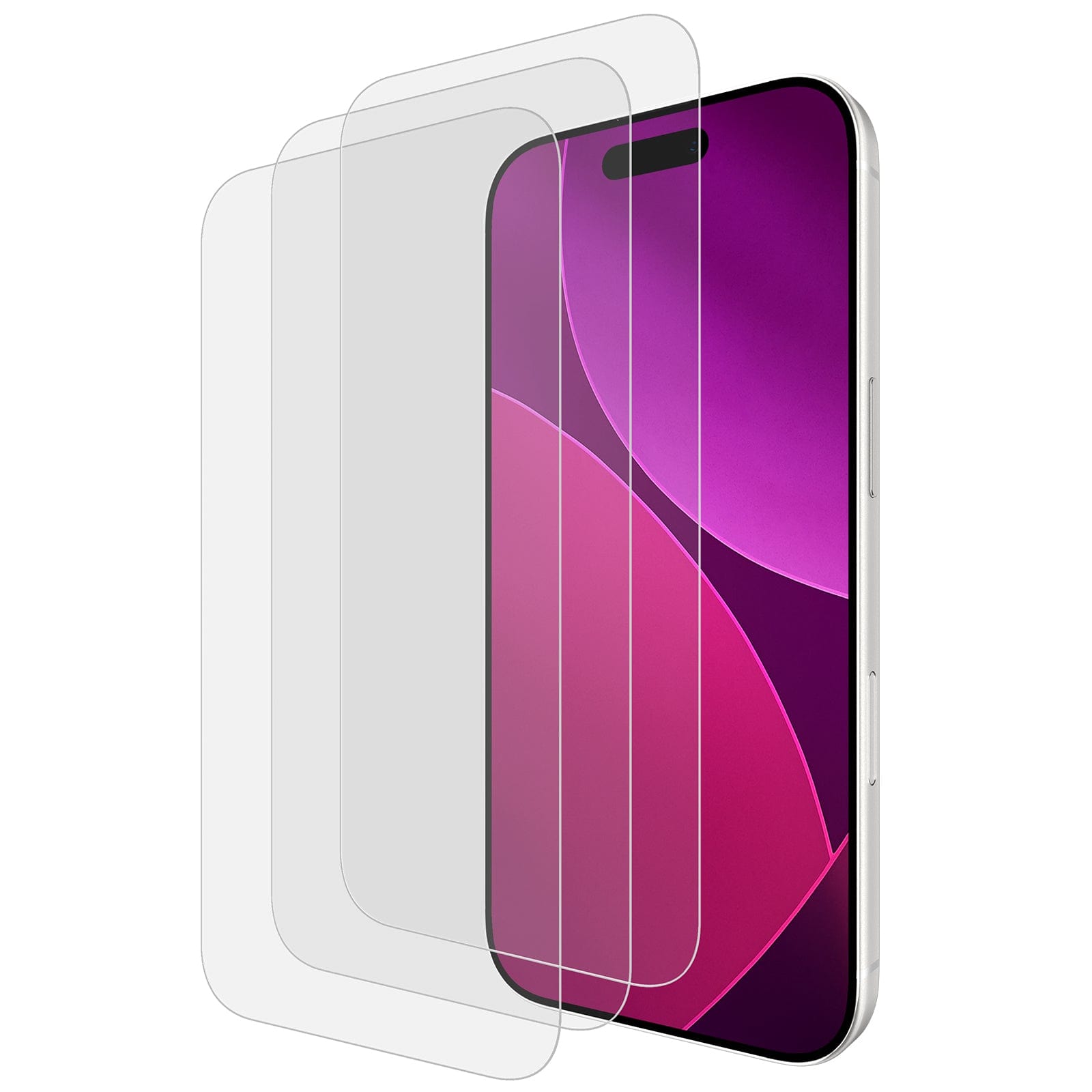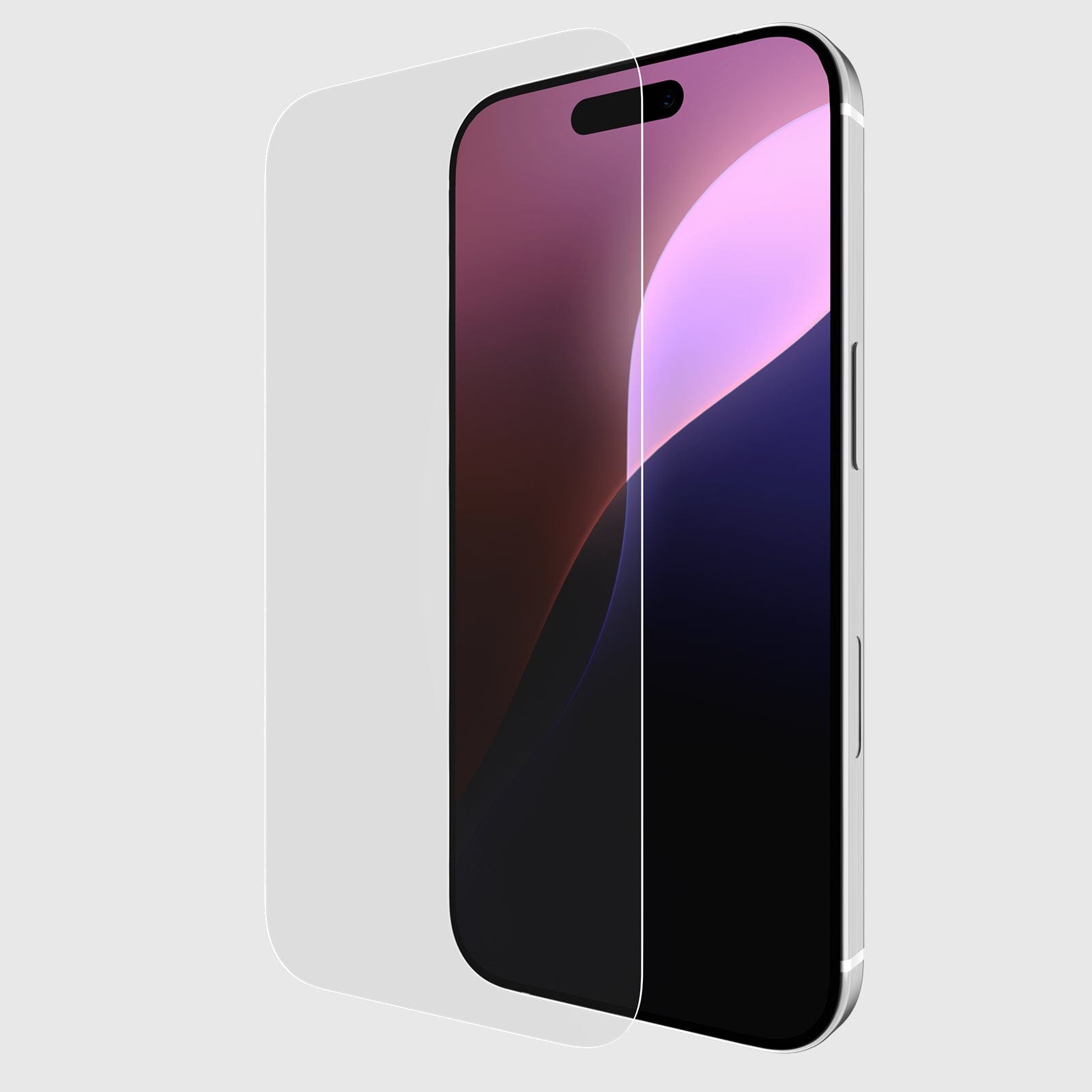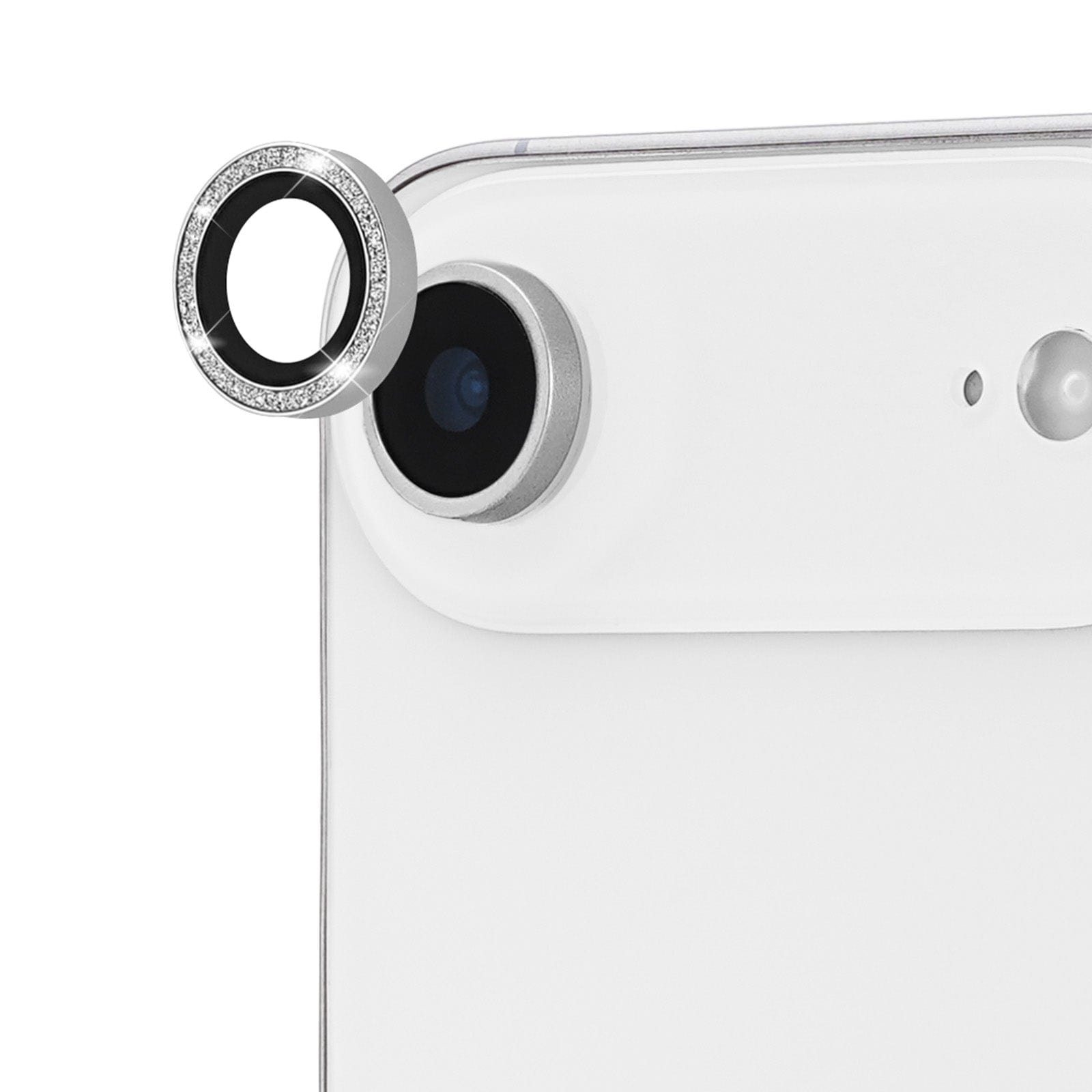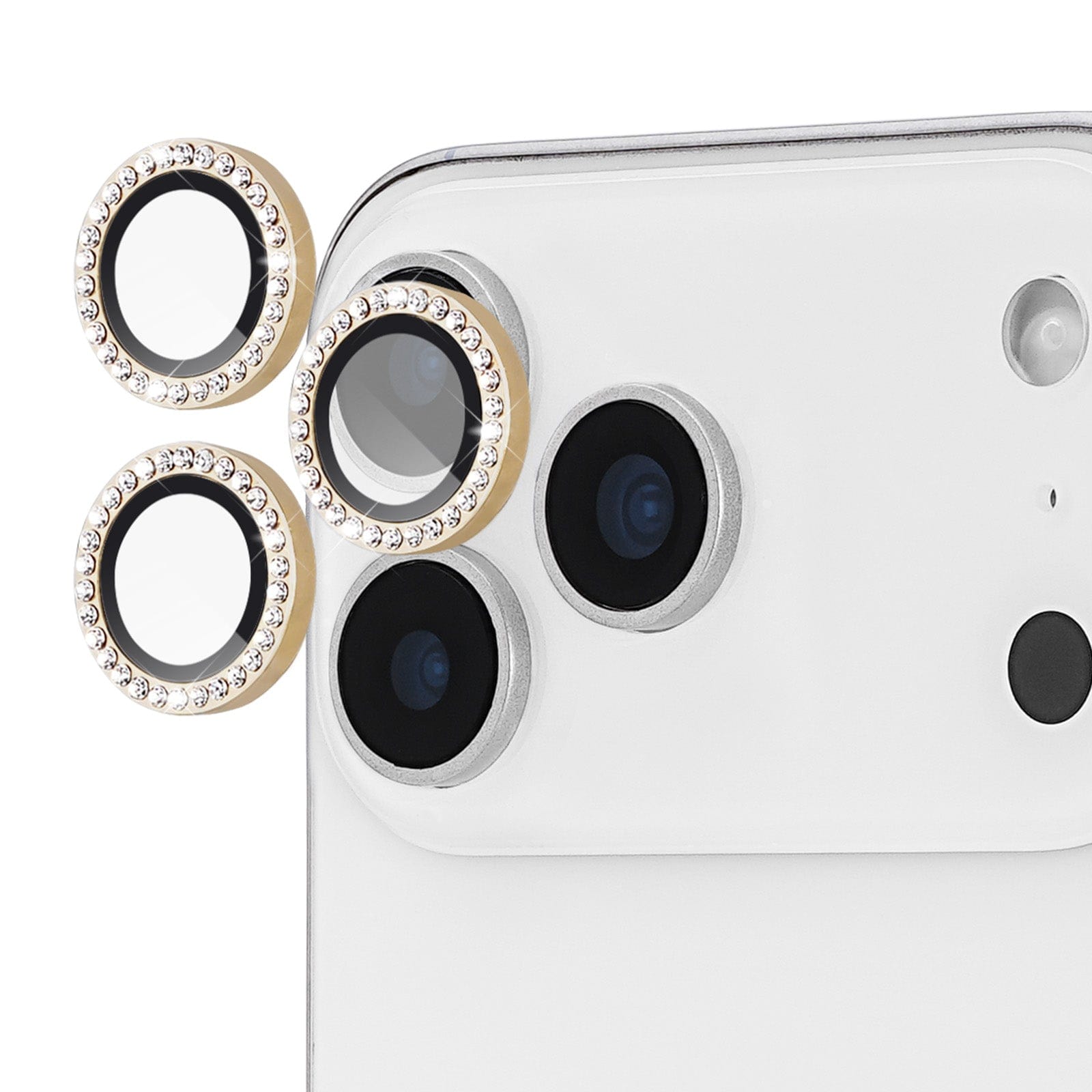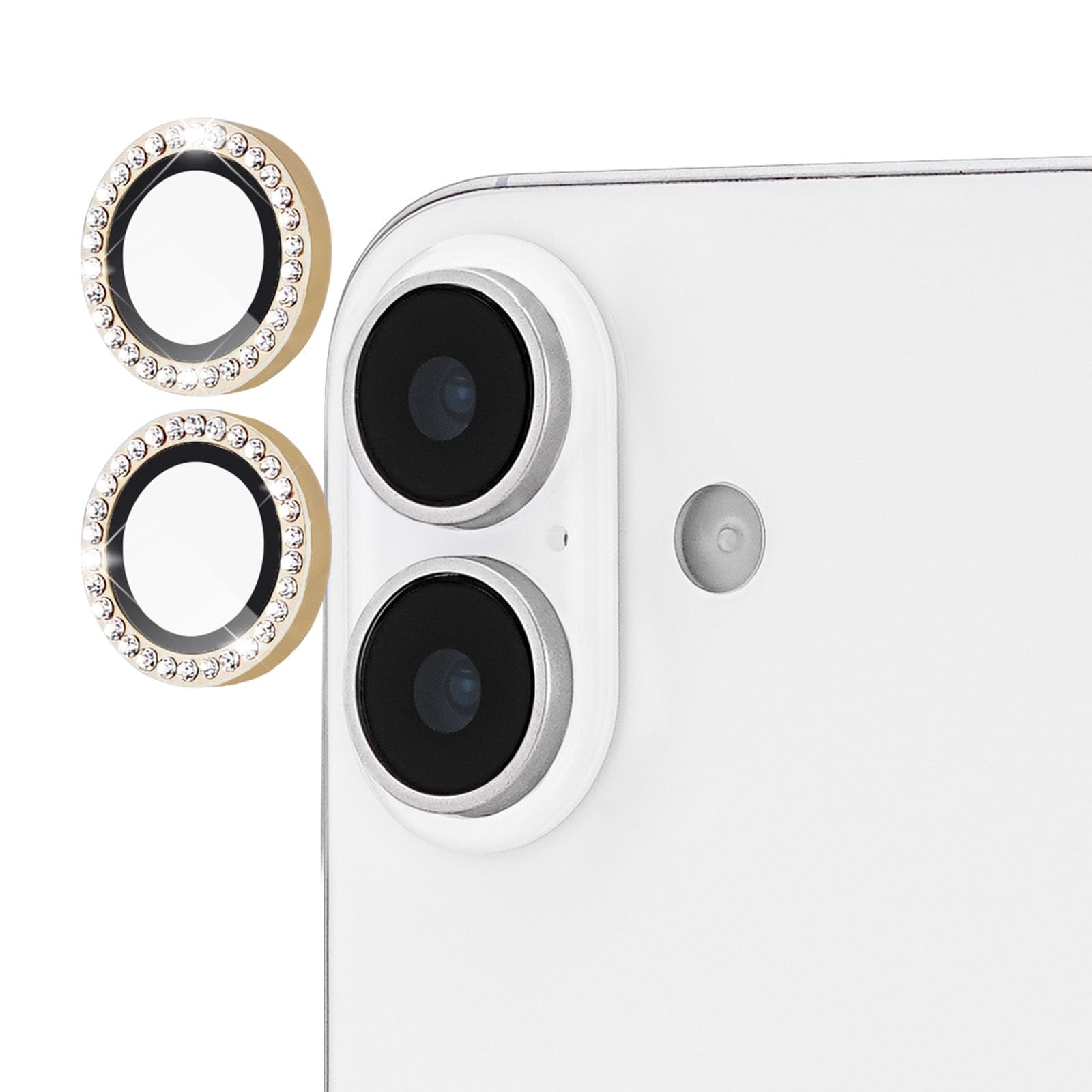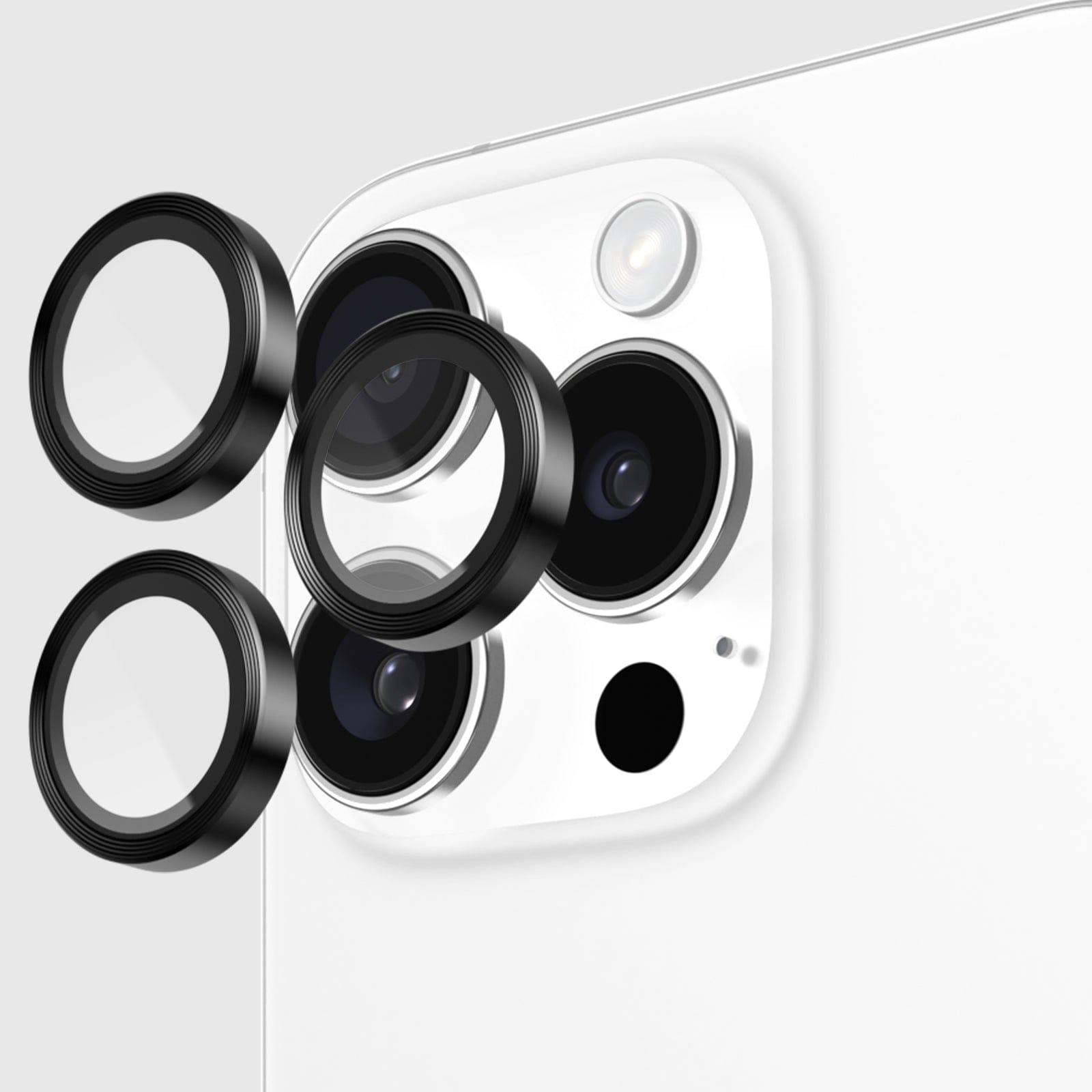Cart
Your cart is empty
By progressman / Shutterstock.com
Your phone screen looks less like a smartphone and more like a scattered pile of tree branches. If you are wondering how to safely remove scratches from your phone at home, you’ve come to the right place! Today, we’re covering three easy and effective ways to remove scratches from your phone screen or screen protector using household products — and nine methods you should absolutely avoid.
HOW TO SAFELY REMOVE SCRATCHES FROM YOUR PHONE SCREEN
When trying to remove scratches from your phone screen, it’s important to set your expectations accordingly. Small, surface-level scratches can probably be buffed away, but any deep cracks can’t be treated this way. (If your phone screen is busted, see our guide on how to fix a cracked phone screen.)
A trusty Magic Eraser is one of the safest and most effective tools that you can use to buff away light scratches at home. Just slightly wet the sponge and rub it gently against the scratches until they are lessened in appearance.
If you don’t have Magic Erasers on hand, you can actually use regular erasers (yes, the ones on the end of a pencil). Rub the scratch horizontally for one minute and then vertically for another minute. The friction will cause minute particles of eraser to fill in the scratch.
Headlight lens creams are another tried-and-true DIY option. Put a small dot of product on a clean, soft cloth and gently swirl it over the entire phone surface until it is buffed in. Make sure to wipe any excess off your phone.
By engagestock / Shutterstock.com
SCREEN PROTECTORS
PRODUCTS TO AVOID WHEN REMOVING SCRATCHES FROM YOUR PHONE SCREEN
While there are a few DIY methods for removing scratches from your phone, there are plenty that you should avoid due to their ability to make scratches worse. One of the things that gets a lot of hype is toothpaste, which shouldn’t be used on a glass phone screen due to potential abrasion but can be effective for a plastic screen protector.
Anything abrasive, including baking soda, corn starch powder, baby powder, sandpaper and drill grinders, should be avoided. While it might seem like they could polish the screen, they can actually make the scratches worse, exacerbating the issues and forcing you to pay to get the screen replaced.
We also recommend staying away from oily substances such as vegetable oil and coconut oil. While these may temporarily give your phone a shine, the slippery consistency makes you more prone to dropping your phone, plus it can clog up your speakers, charging port and other openings. The same is also true for petroleum jelly, aka Vaseline.
HOW TO PROTECT YOUR PHONE SCREEN FROM SCRATCHES
The best way to repair phone scratches is to protect your phone from them in the first place, and a tempered glass screen protector is the best way to do that. Whenever you upgrade your phone, you should get a new screen protector with it. And if your screen protector becomes heavily cracked, go ahead and replace it for optimal protection. You can also get a lens protector if you tend to drop your phone a lot as well.
LENS PROTECTORS
Getting a high quality iPhone case or Samsung case will also help protect your phone screen even though it doesn’t cover it. That’s because the case absorbs shocks that would otherwise transfer to the screen, helping to protect it from shattering. And, of course, the case protects the rest of your phone as well!
We also recommend securely carrying your phone in a phone pouch or bag when in transit. This protects it from bumps and knocks and reduces the chances that you will drop it. Drops are a major source of scratched and cracked screens.
At Case-Mate, we offer a wide variety of products to help to protect your phone — from high quality screen protectors to durable and attractive phone cases. All of our products are carefully tested so that you can buy with confidence, knowing that they will actually protect your phone.














